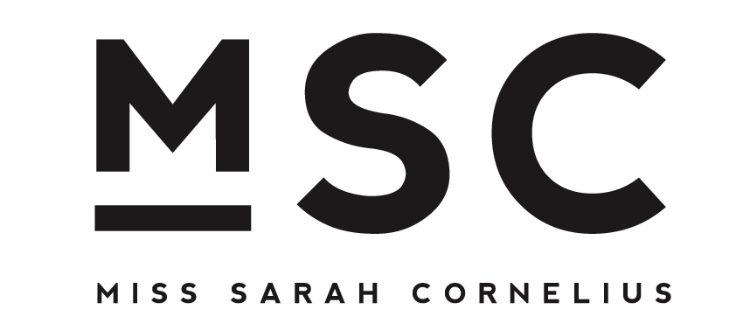So… teaching right now is harder than ever. Teaching Stage 2 Essential English? Make it painless for everyone with this assessment focuses on social media. It draws on a lot of past learning, is relevant to students and covers Performance Standards like a well fitted plastic glove.
If you are going online or simply need a break, please utilise this Responding to Text Assessment for Stage 2 Essential English which asks students to analyse online persuasive texts that can be found on Facebook, Instagram and Snapchat.

Here is a basic outline of the task. If you would like the full task sheet, please email me.
You will:
- communicate clearly and coherently, using appropriate vocabulary
- comprehend of ways in which the creators and readers of texts use language features and stylistic features to make meaning
- analyse the way in which the social, cultural and technical language supports effective communication online
Task:
You will view various examples of advertisements from social media sites and online publications below (or select an advertisement/advertorial for each question). You are to respond to a series of questions that explore the way in which language features and stylistic features are used in online advertisements. You will also analyse the way in which language supports effective communication online.
Questions:
- This online advertisement appeared on *** on *** and is for ***. What is the historical and social context of this advertisement? Refer to events as well as the values and beliefs that help shape the advertisements meaning. Include evidence from the advertisement to support your points.
- This online advertisement appeared on *** on ***. What is the purpose of this advertisement? Ensure that you use the terms to persuade, to inform or to entertain in your answer. Provide evidence from the post to support your answer and be sure to comment on the language and stylistic features used.
- Investigate ***. What language features and stylistic features effectively communicate with an online audience? Refer to the reading habits of an online audience including reading patterns, expected visual features and how credibility is created through visual and textual features. Provide evidence from the page to support your answer.
- Investigate a social media page for a brand of your choice. What messages about the brand are communicated through language techniques and stylistic features? Include a discussion of the visual and textual features in your answer.

Ideas, thoughts and tips
- Using a question and answer format allows you to set short deadlines and draft responses quickly which is useful when online. This allows you to give personalised attention to each student (even online) but takes less time and keeps students working effectively.
- For Question 1 select (or guide students to select) a post from Facebook that revolves around a significant holiday (such as Easter), event (well, that is obvious) or a change in season as it will provide them with evidence to draw on.
- Last year, Question 2 focused on Groovin the Moo on Instagram as they had a sponsored campaign which utilised persuasive language very nicely.
- Question 3 requires an advertorial or blog entry to be selected so that the student can respond in-depth. Last year I used a travel blog.
- Question 4 works well when students select a well known brand on Instagram. Some good examples are @everlane, @ridebrillant, @flowersfordreams and @thefrootlife as they clearly communicate certain ideas and values.
- Be sure to provide materials about persuasive text features, discuss online reading habits and model how to annotate online texts. If you need anything, let me know.
- You can provide this information through prerecorded tutorials, live tutorials, images or via discussion forums. Conference any way that you can.
- I have selected most of the texts for analysis in the past but feel free to offer choice for some or all of the questions.
- Utilise online discussions for students to share ideas about different texts and to check texts that have been selected by the students.
- Students have always been engaged in this task, reporting a development in their critical literacy.

My thoughts are with you guys during this time. Reach out if you need anything!
